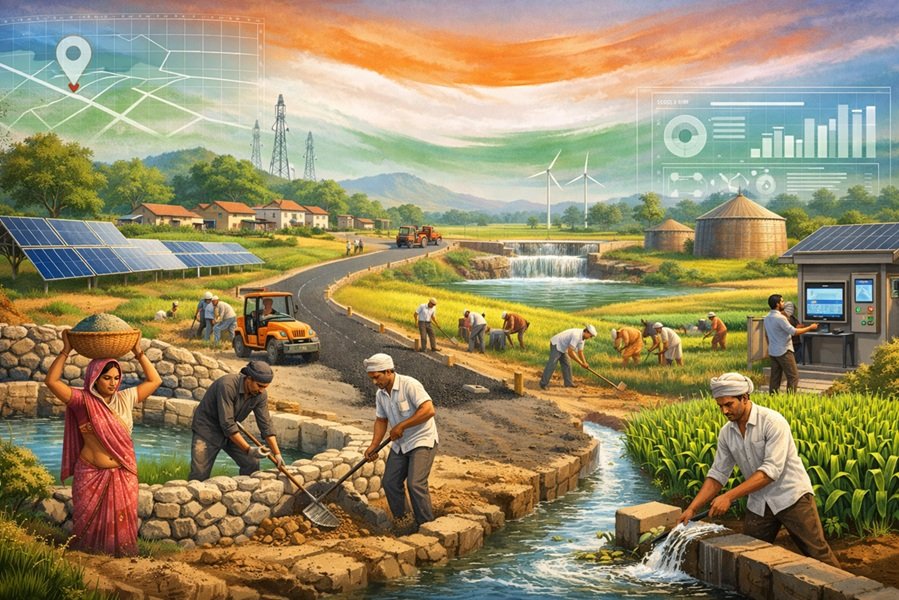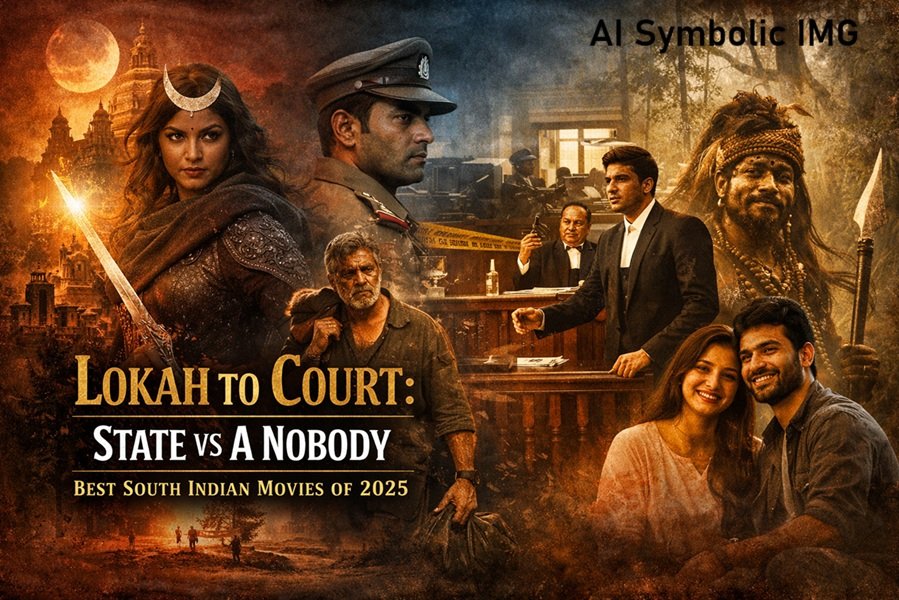
The phrase “India, that is Bharat” is enshrined in Article 1 of the Indian Constitution and holds profound significance, encapsulating the historical, cultural, and political identity of the nation. While it might appear as a simple introductory statement, these words resonate deeply with the complex and layered essence of India’s civilizational heritage and its modern aspirations.
Historical Significance of “Bharat”
Origins of the Name “Bharat”
The term “Bharat” finds its roots in ancient Indian scriptures and texts. It is believed to derive from the legendary King Bharata of the Mahabharata, who is considered a symbol of justice and valor. The Vishnu Purana describes Bharat as a land extending from the Himalayas to the Indian Ocean, inhabited by people who upheld dharma (righteousness).
Cultural Identity
Bharat has been synonymous with the spiritual and philosophical traditions of the Indian subcontinent. The term evokes a sense of continuity, representing a civilization that has thrived for thousands of years with its diversity of languages, religions, and practices.
The Advent of “India”
Colonial Context
The name “India” traces its origins to the Indus River, referred to as “Sindhu” in Sanskrit. Greek and Persian influences transformed “Sindhu” into “Hind” and eventually “India.” During British colonization, the name “India” became the official designation of the territory under British control, aligning with Western perspectives.
Modern Connotations
“India” symbolizes the nation’s transformation into a democratic and secular state post-independence. It represents a global identity, often associated with progress, development, and integration into the international community.
Article 1: Bridging Two Identities
Article 1 of the Indian Constitution declares:
“India, that is Bharat, shall be a Union of States.”
This dual nomenclature highlights the coexistence of tradition and modernity. While “Bharat” reflects the country’s historical and cultural essence, “India” signifies its political unity and global standing.
Bharat: The Soul of the Nation
Philosophical Foundations
Bharat embodies the spiritual and philosophical ethos of the nation. The Upanishads, the Bhagavad Gita, and other ancient texts emphasize universal values like harmony, non-violence, and self-realization, which form the bedrock of India’s cultural identity.
Diversity and Unity
The concept of “Bharat” transcends regional, linguistic, and religious differences. It underscores the idea of “Vasudhaiva Kutumbakam” (“the world is one family”), celebrating inclusivity and diversity.
India: The Modern Nation-State
Democratic Framework
The name “India” aligns with the country’s aspirations as a modern republic. It represents a democratic framework that upholds equality, justice, and liberty for all citizens, as enshrined in the Constitution.
Economic and Global Identity
India’s emergence as a major global economy, its technological advancements, and its active participation in international organizations like the United Nations and G20 reflect the “India” that engages with the world.
The Debate: Bharat vs. India
In recent years, the usage of “Bharat” versus “India” has sparked debates, often reflecting ideological and cultural perspectives. Proponents of “Bharat” argue that it emphasizes the nation’s indigenous roots, while critics contend that “India” is more inclusive and internationally recognized.
Legal and Political Dimensions
Some have called for replacing “India” with “Bharat” entirely in official documents, viewing it as a step toward decolonization. However, others argue that both terms are integral to the country’s identity, representing its historical legacy and modern aspirations.
Cultural Perspectives
For many, “Bharat” evokes emotional and cultural pride, while “India” represents progress and global integration. The duality allows citizens to embrace their heritage while looking toward the future.
Constitutional Values and Dual Identity
The phrase “India, that is Bharat” reflects the Constitution’s vision of unity in diversity. It reconciles the ancient and the modern, ensuring that progress does not come at the cost of cultural erasure. This dual identity enables the nation to:
- Celebrate Diversity: Acknowledge and preserve the rich cultural heritage of Bharat.
- Foster Inclusivity: Build a society that respects all citizens, irrespective of their backgrounds.
- Engage Globally: Position India as a modern, progressive nation on the world stage.
Conclusion
“India, that is Bharat” is more than a constitutional phrase; it is a testament to the nation’s journey through time. It captures the essence of a civilization rooted in ancient wisdom yet dynamically evolving in the contemporary world. As the country navigates its future, this dual identity serves as a guiding principle, reminding its people of their rich heritage while inspiring them to strive for greater heights in the global arena.






